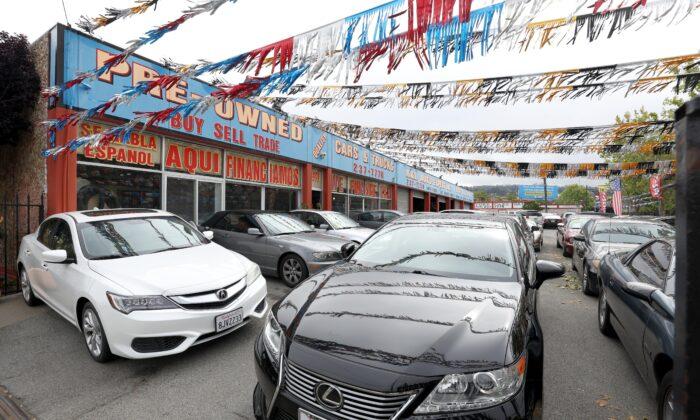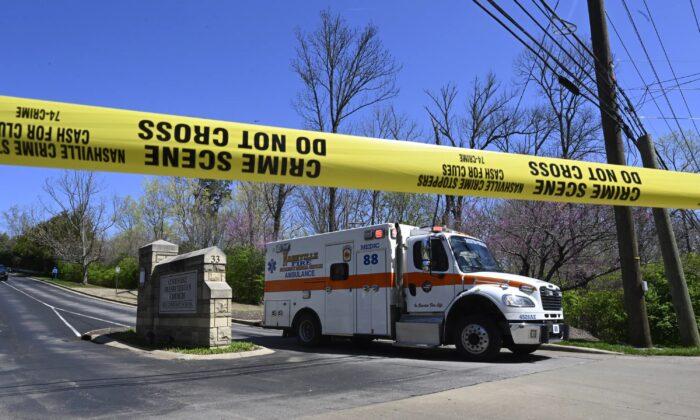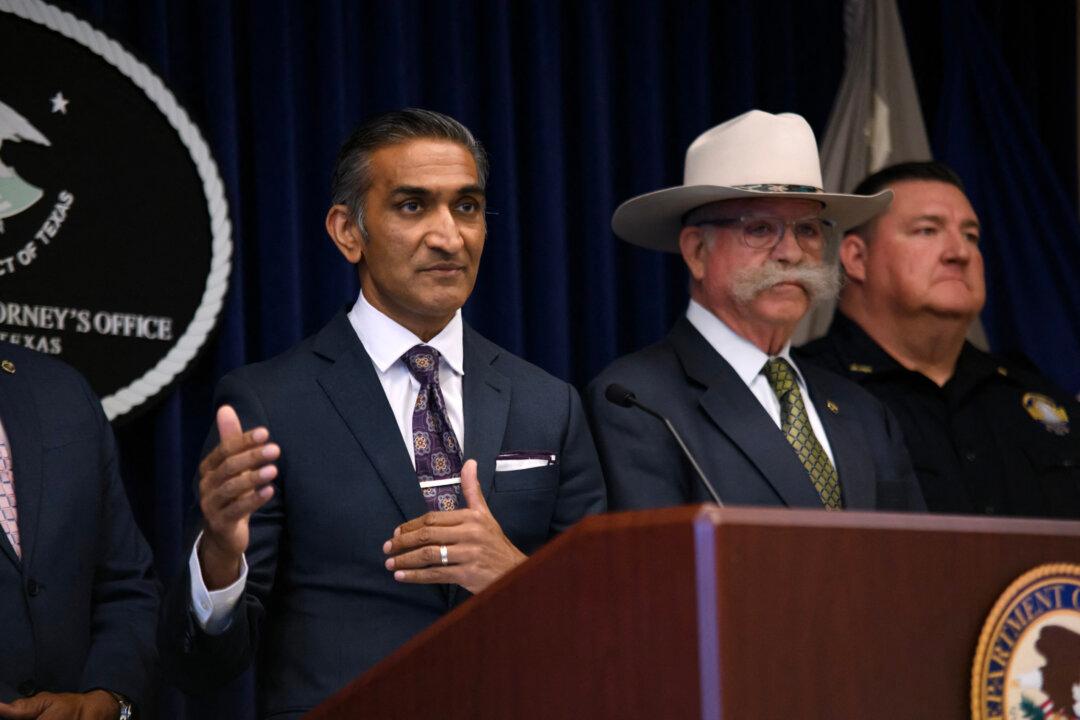Skyrocketing prices for auto premiums have led increasing numbers of Americans to take to the road without insurance, creating a dangerous cycle of escalating rates while putting a record number of drivers in economic and legal peril.
“A lot of people just don’t understand how serious of a problem this has become,” Loretta Worters, vice president of media relations for the Insurance Information Institute, told The Epoch Times.
“Driving without car insurance is against the law; this means more people are at risk of going bankrupt or even going to jail,” she said.
Cost is the number one reason drivers opt out of car insurance, with more than eight out of 10 of the millions of people who drive without insurance claiming they are uninsured because they can’t afford to get coverage for their vehicles, so they drive without it. In 2021, more than 32 million Americans were driving without insurance, according to the most recent data from the Insurance Research Council.
In 2023, car insurance rates increased almost 14 percent from the previous year, raising the national average for full coverage car insurance to $2,014 this year, up from $1,771 in 2022, according to Bankrate.
However, rates vary dramatically between states due to different regulations and traffic risks. In Michigan, the state with the highest average price, car insurance will cost $4,788 a year. In Vermont, the state with the lowest average price, car insurance will cost $1,104, the report said.
This trend is likely to accelerate as soaring inflation continues to exceed wage growth, forcing many Americans to dig deeper for ways to trim their budgets, according to Mrs. Worters.
“As a result of the cost of everything going up, people are struggling and cutting back wherever they can, and for a lot of these people, unfortunately, their car insurance is one of the first things to go,” said Mrs. Worters.
When Inflation Hits
Due to the large rise in premiums, drivers already spend nearly 3 percent of their income on auto insurance alone while dealing with soaring prices of other goods and services.Inflation, caused primarily by the dramatic increase in the money supply, is already forcing Americans to spend $709 more per month on everyday goods and services than they did just two years ago, according to Mark Zandi, chief economist at Moody’s Analytics.
“The high inflation of the past 2+ years has done lots of economic damage,” Mr. Zandi tweeted on Aug. 10. “Due to the high inflation, the typical household spent $202 more in a July than they did a year ago to buy the same goods and services. And they spent $709 more than they did 2 years ago.”

Having at least some level of insurance before driving is a legal requirement in every state except New Hampshire. Twenty-one states and the District of Columbia had uninsured motorist rates higher than the countrywide rate of 12.6 percent. Mississippi has the highest uninsured motorist rate in the nation at 29.4 percent.
Industry Fears
In the short term, the problem of uninsured drivers is expected to worsen, with the number expected to rise further, stoking fears of a potential death spiral for the car insurance industry. A death spiral could result from an increasing number of people dropping their insurance, triggering an industry-wide crisis where rapidly rising premiums cause a critical number of drivers to drop their coverage when they conclude it’s no longer worth the cost. That, in turn, causes premiums to increase even more as the exodus of once-insured drivers leaves a smaller pool. In extreme circumstances, the cycle could lead to the collapse of an entire market.However, experts aren’t forecasting a death spiral yet.
“I don’t see that (death spiral) happening here,” said Mrs. Worters. “But the more people who are uninsured, the larger the burden that will have to be carried by those who are insured because it will mean they are forced to take on more risk themselves.”
“Trust me, no one wants to go there,” she added.







